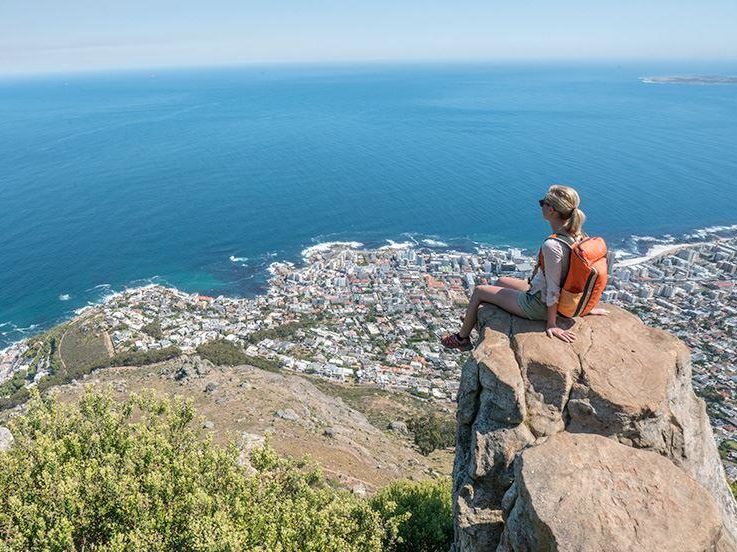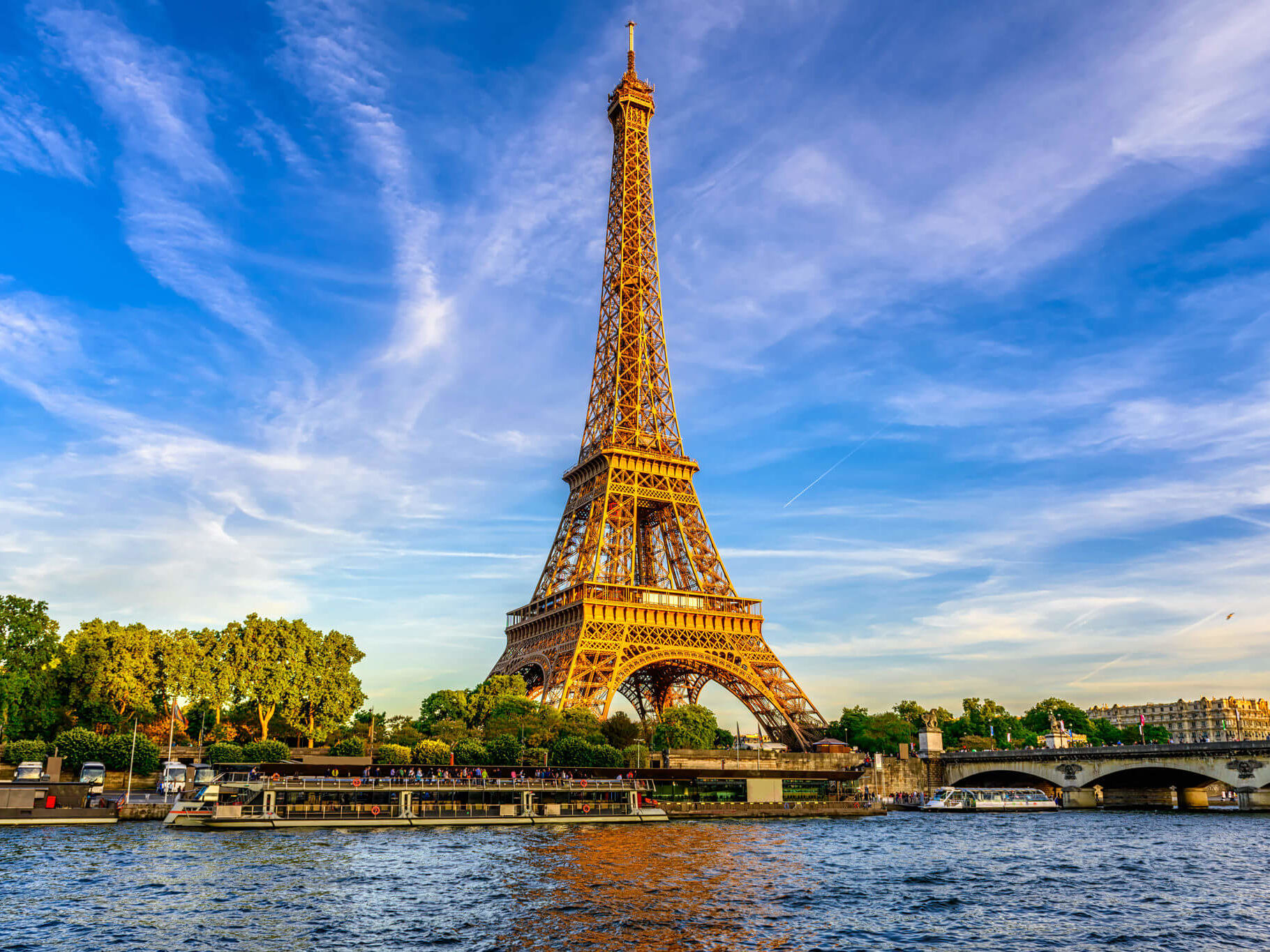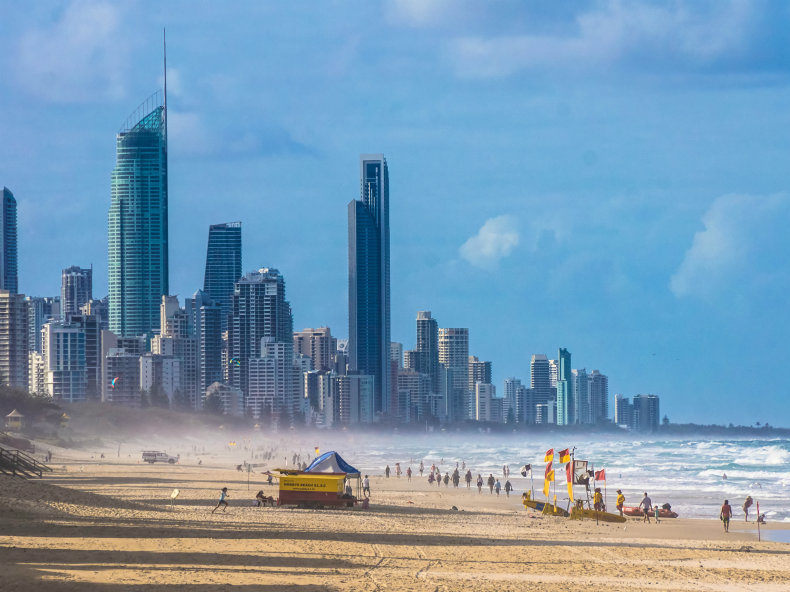Tokyo
Tokyo is the capital, the largest city, and the most populous metropolitan area in the Greater Tokyo Area, the Kantō region, and Japan, as well as the most populous metropolitan area in the world and most populous prefecture of Japan. Located at the head of Tokyo Bay, the prefecture forms part of the Kantō region on the central Pacific coast of Japan’s main island of Honshu. Tokyo is the political and economic center of the country, as well as the seat of the Emperor of Japan and the national government. As of 2021, the prefecture has an estimated population of 14.04 million. The Greater Tokyo Area is the most populous metropolitan area in the world, with an estimated 37.468 million residents in 2018.
Originally a fishing village, named Edo, the city became a prominent political center in 1603, when it became the seat of the Tokugawa shogunate. By the mid-18th century, Edo was one of the most populous cities in the world at over one million. Following the end of the shogunate in 1868, the imperial capital in Kyoto was moved to the city, which was renamed Tokyo (literally “eastern capital”). Tokyo was devastated by the 1923 Great Kantō earthquake, and again by Allied bombing raids during World War II. Beginning in the 1950s, the city underwent rapid reconstruction and expansion, going on to lead Japan’s post-war economic recovery. Since 1943, the Tokyo Metropolitan Government has administered the prefecture’s 23 special wards (formerly Tokyo City), various bed towns and suburbs in the western area, and two outlying island chains.
Tokyo is the largest urban economy in the world by gross domestic product, and is categorized as an Alpha+ city by the Globalization and World Cities Research Network. Part of an industrial region that includes the cities of Yokohama, Kawasaki, and Chiba, Tokyo is Japan’s leading center of business and finance. In 2019, it hosted 36 of the Fortune Global 500 companies. In 2020, it ranked fourth on the Global Financial Centres Index, behind New York City, London, and Shanghai. Tokyo has the world’s tallest tower, Tokyo Skytree,[11] and the world’s largest underground floodwater diversion facility, MAOUDC. The Tokyo Metro Ginza Line is the oldest underground metro line in East Asia (1927).
The city has hosted multiple international events, including the 1964 Summer Olympics and Paralympics, the postponed 2020 Summer Olympics and Paralympics and three G7 Summits (1979, 1986, and 1993). Tokyo is an international center of research and development and is represented by several major universities, notably the University of Tokyo. Tokyo Station is the central hub for Japan’s Shinkansen bullet train system, and the city is served by an extensive network of rail and subways. Shinjuku Station is also the world’s busiest train station. Notable districts of Tokyo include Chiyoda (the site of the Imperial Palace), Shinjuku (the city’s administrative center), and Shibuya (a commercial, cultural and business hub).
Etymology
Tokyo was originally known as Edo (江戸), a kanji compound of 江 and 戸 (to, “entrance, gate, door”). The name, which can be translated as “estuary”, is a reference to the original settlement’s location at the meeting of the Sumida River and Tokyo Bay. During the Meiji Restoration in 1868, the name of the city was changed to Tokyo (東京, from 東 tō “east”, and 京 kyō “capital”), when it became the new imperial capital, in line with the East Asian tradition of including the word capital (京) in the name of the capital city (for example, Kyoto (京都), Keijō (京城), Beijing (北京), Nanjing (南京), and Xijing (西京)). During the early Meiji period, the city was sometimes called “Tōkei”, an alternative pronunciation for the same characters representing “Tokyo”, making it a kanji homograph. Some surviving official English documents use the spelling “Tokei”; however, this pronunciation is now obsolete.
National Parks
As of March 31, 2008, 36% of the total land area of the prefecture was designated as Natural Parks (second only to Shiga Prefecture), namely the Chichibu Tama Kai, Fuji-Hakone-Izu, and Ogasawara National Parks (the last a UNESCO World Heritage Site); Meiji no Mori Takao Quasi-National Park; and Akikawa Kyūryō, Hamura Kusabana Kyūryō, Sayama, Takao Jinba, Takiyama, and Tama Kyūryō Prefectural Natural Parks.
A number of museums are located in Ueno Park: Tokyo National Museum, National Museum of Nature and Science, Shitamachi Museum and National Museum for Western Art, among others. There are also artworks and statues at several places in the park. There is also a zoo in the park, and the park is a popular destination to view cherry blossoms.
Climate
The former city of Tokyo and the majority of Tokyo prefecture lie in the humid subtropical climate zone (Köppen climate classification Cfa), with hot, humid summers and mild to cool winters with occasional cold spells. The region, like much of Japan, experiences a one-month seasonal lag, with the warmest month being August, which averages 26.4 °C (79.5 °F), and the coolest month being January, averaging 5.2 °C (41.4 °F). The record low temperature is −9.2 °C (15.4 °F) on January 13, 1876, while the record high is 39.5 °C (103.1 °F) on July 20, 2004. The record highest low temperature is 30.3 °C (86.5 °F) on August 12, 2013, making Tokyo one of only seven observation sites in Japan that have recorded a low temperature over 30 °C (86.0 °F).[66] Annual rainfall averages nearly 1,530 millimeters (60.2 in), with a wetter summer and a drier winter. The growing season in Tokyo lasts for about 322 days from around mid February to early January. Snowfall is sporadic, but does occur almost annually.[68] Tokyo also often sees typhoons every year, though few are strong. The wettest month since records began in 1876 was October 2004, with 780 millimeters (30 in) of rain, including 270.5 mm (10.65 in) on the ninth of that month; the last of four months on record to observe no precipitation is December 1995. Annual precipitation has ranged from 879.5 mm (34.63 in) in 1984 to 2,229.6 mm (87.78 in) in 1938.
Cityscape
Architecture in Tokyo has largely been shaped by Tokyo’s history. Twice in recent history has the metropolis been left in ruins: first in the 1923 Great Kantō earthquake and later after extensive firebombing in World War II. Because of this, Tokyo’s urban landscape consists mainly of modern and contemporary architecture, and older buildings are scarce. Tokyo features many internationally famous forms of modern architecture including Tokyo International Forum, Asahi Beer Hall, Mode Gakuen Cocoon Tower, NTT Docomo Yoyogi Building and Rainbow Bridge. Tokyo also features two distinctive towers: Tokyo Tower, and the new Tokyo Skytree, which is the tallest tower in both Japan and the world, and the second tallest structure in the world after the Burj Khalifa in Dubai. Mori Building Co started work on Tokyo’s new tallest building which is set to be finished in March 2023. The project will cost 580 billion yen ($5.5 billion).
Tokyo also contains numerous parks and gardens. There are four national parks in Tokyo Prefecture, including the Fuji-Hakone-Izu National Park, which includes all of the Izu Islands.
Transportation
Tokyo, which is the center of the Greater Tokyo Area, is Japan’s largest domestic and international hub for rail and ground transportation. However, its airspace has been under the US military’s exclusive control after World War II. Public transportation within Tokyo is dominated by an extensive network of “clean and efficient” trains and subways run by a variety of operators, with buses, monorails and trams playing a secondary feeder role. There are up to 62 electric train lines and more than 900 train stations in Tokyo. Shibuya Crossing is the “world’s busiest pedestrian crossing”, with around 3,000 people crossing at a time.
As a result of World War II, Japanese planes are generally forbidden to fly over Tokyo. Therefore, Japan constructed airports outside Tokyo. Narita International Airport in Chiba Prefecture is the major gateway for international travelers to Japan. Japan’s flag carrier Japan Airlines, as well as All Nippon Airways, have a hub at this airport. Haneda Airport on the reclaimed land at Ōta, offers domestic and international flights. As of 2018, some flight routes into Haneda are permitted through Tokyo airspace.
Various islands governed by Tokyo have their own airports. Hachijō-jima (Hachijojima Airport), Miyakejima (Miyakejima Airport), and Izu Ōshima (Oshima Airport) have services to Tokyo International and other airports.
Rail is the primary mode of transportation in Tokyo,[citation needed] which has the most extensive urban railway network in the world and an equally extensive network of surface lines. JR East operates Tokyo’s largest railway network, including the Yamanote Line loop that circles the center of downtown Tokyo. It operates rail lines in the entire metropolitan area of Tokyo and in the rest of the northeastern part of Honshu. JR East is also responsible for Shinkansen high-speed rail lines.
Two different organizations operate the subway network: the private Tokyo Metro and the governmental Tokyo Metropolitan Bureau of Transportation. The Metropolitan Government and private carriers operate bus routes and one tram route. Local, regional, and national services are available, with major terminals at the giant railroad stations, including Tokyo, Shinagawa, and Shinjuku.
Expressways link the capital to other points in the Greater Tokyo Area, the Kantō region, and the islands of Kyushu and Shikoku. To build them quickly before the 1964 Summer Olympics, most were constructed above existing roads. Other transportation includes taxis operating in the special wards and the cities and towns. Also, long-distance ferries serve the islands of Tokyo and carry passengers and cargo to domestic and foreign ports.
Culture
Tokyo has many museums. In Ueno Park, there is the Tokyo National Museum, the country’s largest museum and specializing in traditional Japanese art; the National Museum of Western Art and Ueno Zoo. Other museums include the National Museum of Emerging Science and Innovation in Odaiba; the Edo-Tokyo Museum in Sumida, across the Sumida River from the center of Tokyo; the Nezu Museum in Aoyama; and the National Diet Library, National Archives, and the National Museum of Modern Art, which are near the Imperial Palace.
Tokyo has many theaters for performing arts. These include national and private theaters for traditional forms of Japanese drama. Noteworthy are the National Noh Theatre for noh and the Kabuki-za for Kabuki. Symphony orchestras and other musical organizations perform modern and traditional music. The New National Theater Tokyo in Shibuya is the national center for the performing arts, including opera, ballet, contemporary dance and drama. Tokyo also hosts modern Japanese and international pop, and rock music at venues ranging in size from intimate clubs to internationally known areas such as the Nippon Budokan.
Many different festivals occur throughout Tokyo. Major events include the Sannō at Hie Shrine, the Sanja at Asakusa Shrine, and the biennial Kanda Festivals. The last features a parade with elaborately decorated floats and thousands of people. Annually on the last Saturday of July, an enormous fireworks display over the Sumida River attracts over a million viewers. Once cherry blossoms bloom in spring, many residents gather in Ueno Park, Inokashira Park, and the Shinjuku Gyoen National Garden for picnics under the blossoms.
Harajuku, a neighborhood in Shibuya, is known internationally for its youth style, fashion and cosplay.
Cuisine in Tokyo is internationally acclaimed. In November 2007, Michelin released their first guide for fine dining in Tokyo, awarding 191 stars in total, or about twice as many as Tokyo’s nearest competitor, Paris. As of 2017, 227 restaurants in Tokyo have been awarded (92 in Paris). Twelve establishments were awarded the maximum of three stars (Paris has 10), 54 received two stars, and 161 earned one star.
Categories: Asia
More Lifehack Videos





